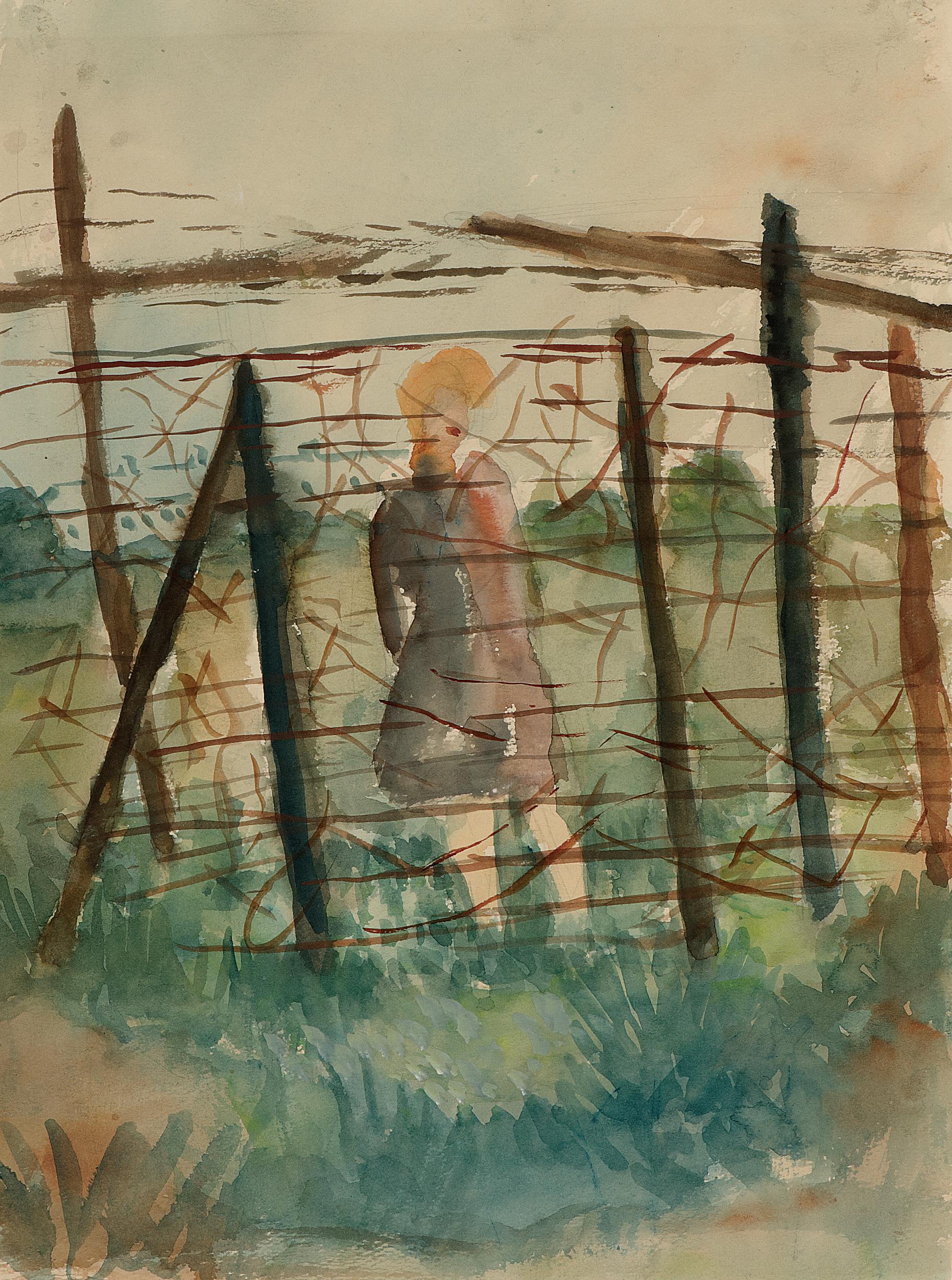Introduction
B
etween 1933 and 1945, whether for religious, political or artistic reasons, over 300 painters, sculptors and graphic artists fled into exile or immigrated to Great Britain from Nazi Germany. Following the appointment of Adolf Hitler as German Chancellor in January 1933, the introduction of anti-Semitic legislation and the foundation of the Reichskulturkammer (the Reich Chamber of Culture) – to which all professional artists and designers had to belong – Jews, Communists, Social Democrats and ‘avant-garde’ artists were effectively banned from working in Germany. This exhibition, ‘Finchleystraße’: German artists in exile in Great Britain and Beyond, 1933–45 brings together paintings, drawings and graphics by a number of primarily German-Jewish artists who made these ‘forced journeys’, mostly to Great Britain, but also further afield – to Australia, China, Palestine and the United States – during this era. There are two notable exceptions: Max Liebermann, the celebrated German Impressionist, who did not leave Germany but was forced to resign as Head of the Prussian Academy. His experience however shows the early consequences of the Nazi regime; and Oskar Kokoschka, Austria’s best-known Expressionist artist, who was neither German nor Jewish, but whose defence of Liebermann first brought him into opposition with the Nazi authorities. As a teacher,
Kokoschka had nurtured many other artists’ careers (including that of Hilde Goldschmidt), and was at the heart of the German-speaking émigré network in England during the Second World War. Other featured refugees include Frank Auerbach and Lucian Freud, among Britain’s most respected and best-known artists today, but the exhibition also includes many lesser-known figures, whose fractured careers and loss of reputation often resulted from their forced migrations, some travelling through more than one country of transit, often leaving art works and family behind. The exhibits have been drawn principally from the Ben Uri Collection – indeed, Ben Uri’s own exhibiting culture changed profoundly in this period, in response to what Chairman Israel Sieff termed the ‘Nazi philosophy’, with German names dominating exhibitions from the 1930s onwards, and often entering the collection both then and in subsequent decades. These works are supplemented by important external loans from private lenders, supported by archival material and oral testimonies from three generations of German migrants (available on iPads). The exhibition seeks to unfold a number of exile narratives, arising from both the artists’ own biographies and the work that they produced, mostly post-migration, although Ludwig Meidner’s Expressionistic Portrait of a Girl (1921), and Dodo’s Finchleystraße 9
2777_BU_Finchleystrasse_catalog_INSIDES_REVISE_170518.indd 9
18/05/2018 10:17


































